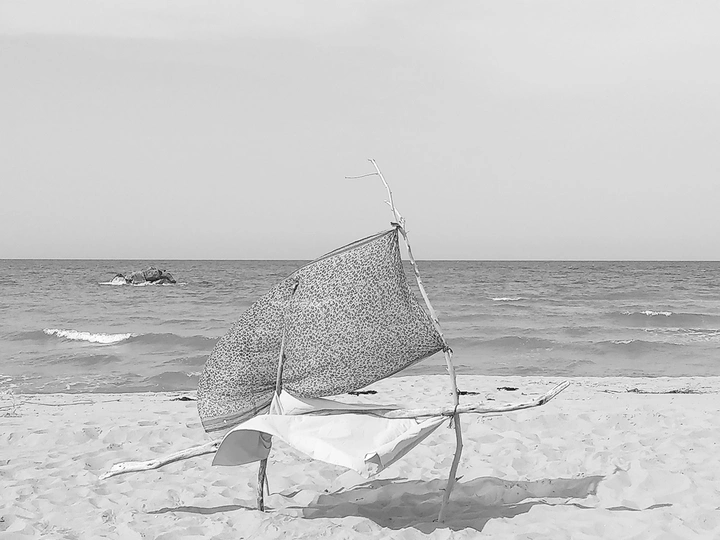Vínculos.

Yain Zucotti
Architect, she is currently in Madrid studying for a Master's Degree in Advanced Architectural Projects (ETSAM-UPM). She has collaborated in different studies, mostly related to institutional scale and territorial planning. He has been head of the studio ashespacio (2015-2023) where he has carried out architectural and territorial projects among which stands out the project Modulos C, classrooms for music and design students. He has worked as a teacher in Environmental and Territorial Planning at the National University of Villa María (Arg). She has participated in several competitions, including the First Prize in the competition for the requalification of the Piazza del Popolo in Larino, Molise, a region of Italy where she has been living since 2021. In her recent path as a researcher, she has been selected with an article to participate in the EURAU that will take place in Milan in June 2024.
Vínculos, is an initiative to begin to investigate. Rather, to begin to write in the key of research something that I had been doing in a spontaneous and random way.
It is about action.
The moment you are on site, it changes your plans and what the territory has to say is even better. But the action should not be a transformation of the ecosystem that lives there. It is an inert element that is activated by the forces of the territory and then disappears. It is an instant that allows the construction of a narrative, a reflection.
It is about recording.
Not only from a photographic or video fact, but from a larger cartography that gives light to the invisible. The photograph of a textile on a structure that is activated by the action of the wind is also the line drawn by the sand that divides the forest from the sea. It is the wind from the sea that changes with the heat of the sand and activates the textile, giving rigidity to the structure. At the same time, it is the structure that activates the fleeting shadow, which moves as the sun turns.
It is about writing.
Then, the cartography is drawn and written. There, the narrative of what really happened begins to be constructed. A particular and small situation activates a territory and no longer to transform it, but to understand it.
The action becomes an object of consensus to bring us closer to a reality that our eyes are not able to see at first sight.
It is about rereading the texts as a project.
In the end, the words remain as a permanent fact, with a projectual key. Texts that allow us to read them over and over again as possibilities to interpret a territory in order to protect it. To read and abstract the territory in order to project on what can be able to sustain itself under its own strength. Any action slightly greater than the forces acts on the equilibrium. And it is at this point where these actions, when written down, can make visible the extent of a territory's capacity.